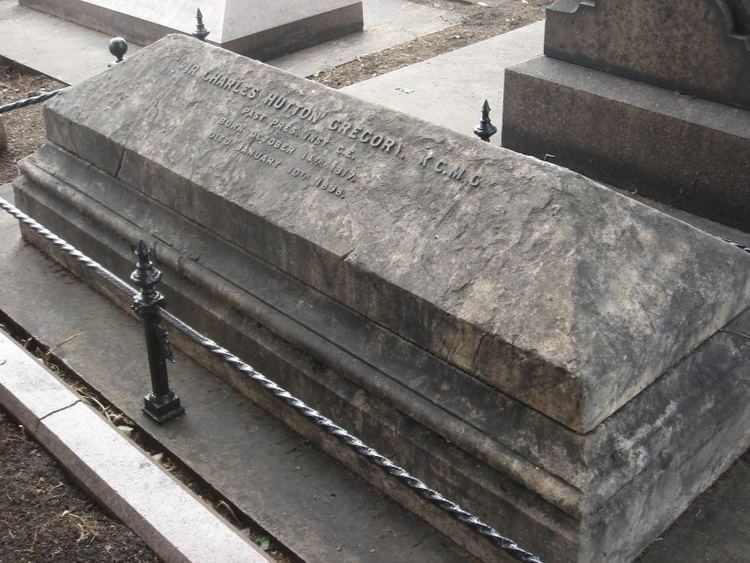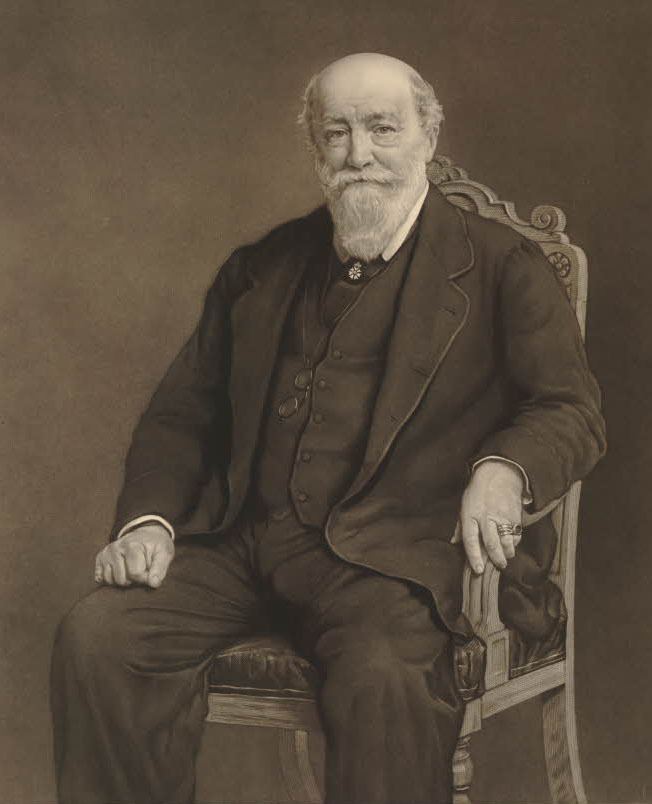Nationality British Parents Olinthus Gregory | Role Civil engineer Name Charles Gregory | |
 | ||
Significant awards Knight Commander of the Order of Saint Michael and Saint George Institution memberships | ||
Engineering discipline Civil engineer | ||
Sir Charles Hutton Gregory (14 October 1817 – 10 January 1898) was an English civil engineer. He was president of the Institution of Civil Engineers between December 1867 and December 1869.

Charles was the son of Dr Olinthus Gilbert Gregory, a master of mathematics at the Royal Military Academy, Woolwich. The chair of mathematics at that time was held by Charles Hutton, who acted as Dr. Gregory's patron. It was in Hutton's honour that Charles was named.
Gregory was consulting engineer of several major railway construction works, including those in Ceylon, Trinidad, Cape Colony, Perak and Selangor. He was the first to use railway semaphore signalling which he employed on the London and Croydon and the South Eastern Railways in 1842-3. This method later superseded all others and was dominant from 1870. In 1882 he was a member of the Channel Tunnel Committee and in 1886 was a Royal Commissioner for the Colonial and Indian Exhibition.
He was appointed a Companion of the Order of Saint Michael and Saint George in 1876, and appointed a Knight Commander of the same order in May 1884.
In 1894, he married Fanny Stirling, an actress who died the following year. Gregory died in London on 10 January 1898, and is buried in Brompton Cemetery.
